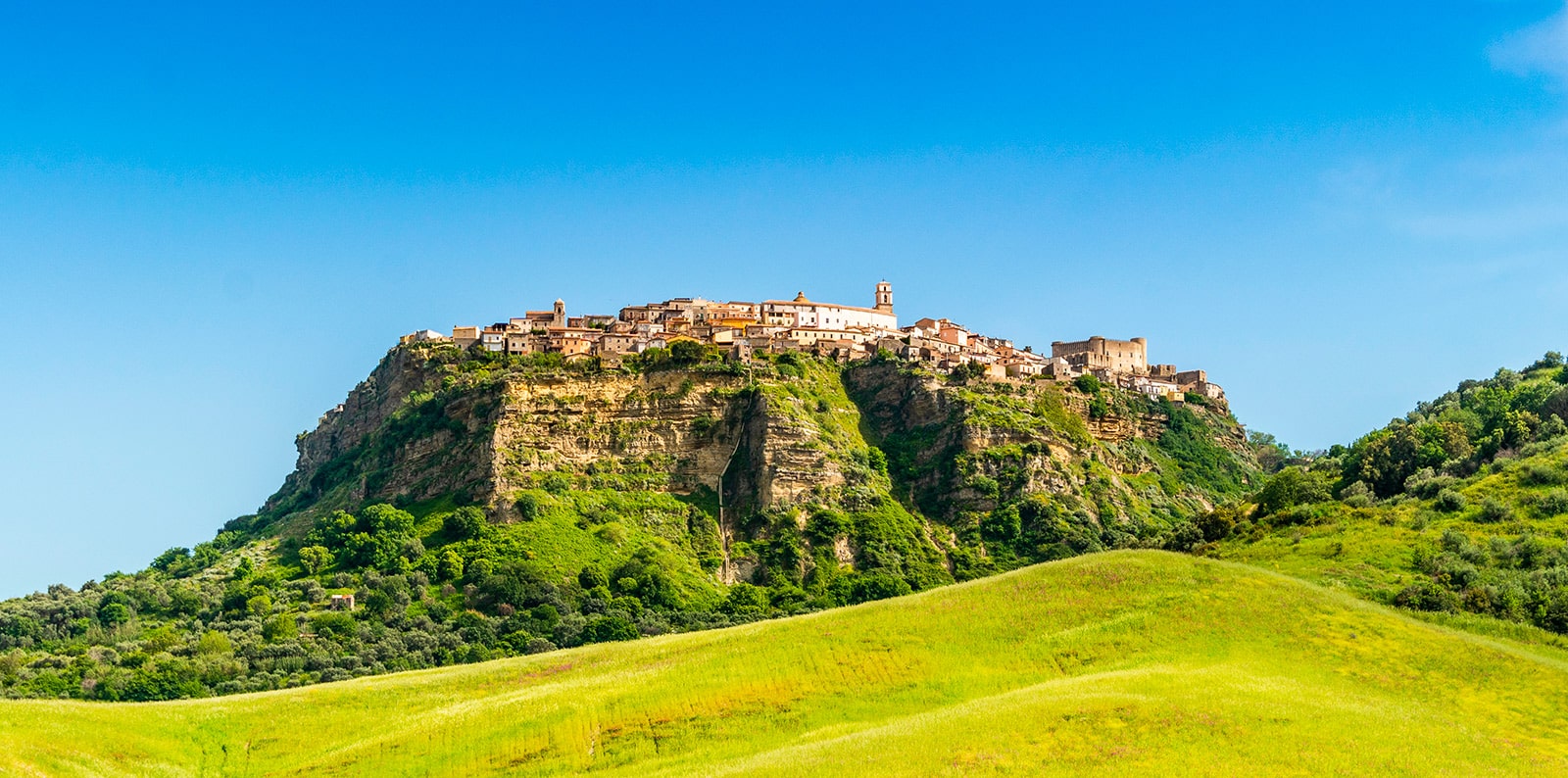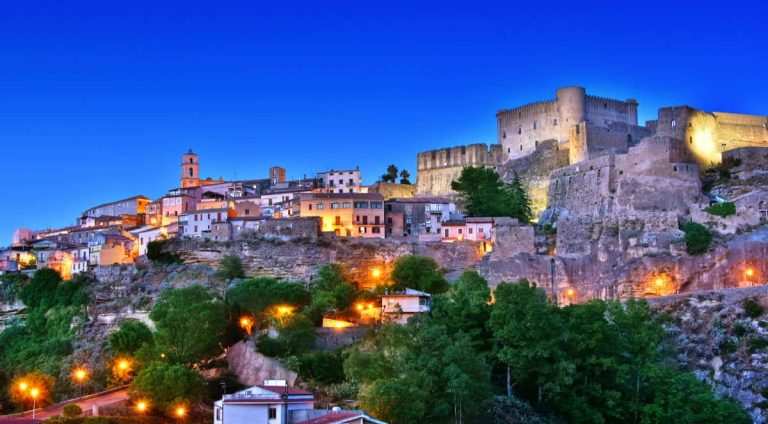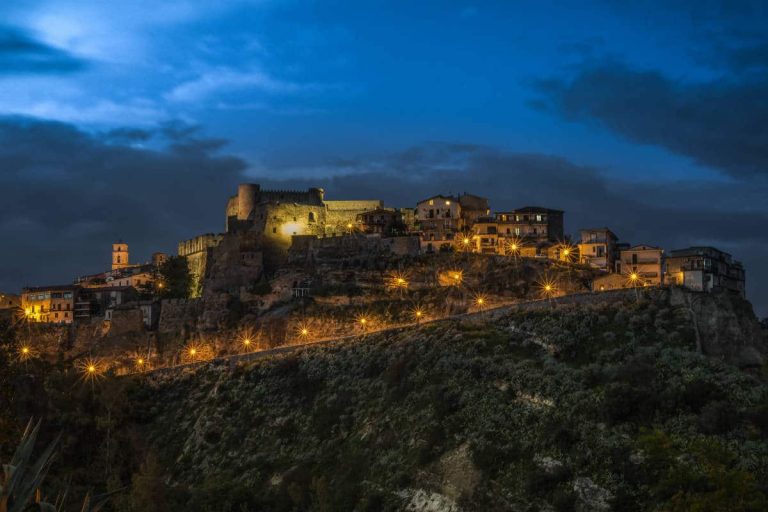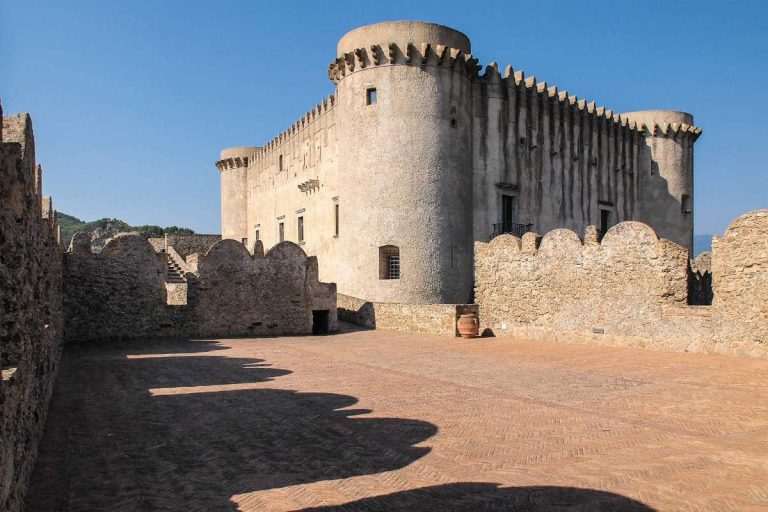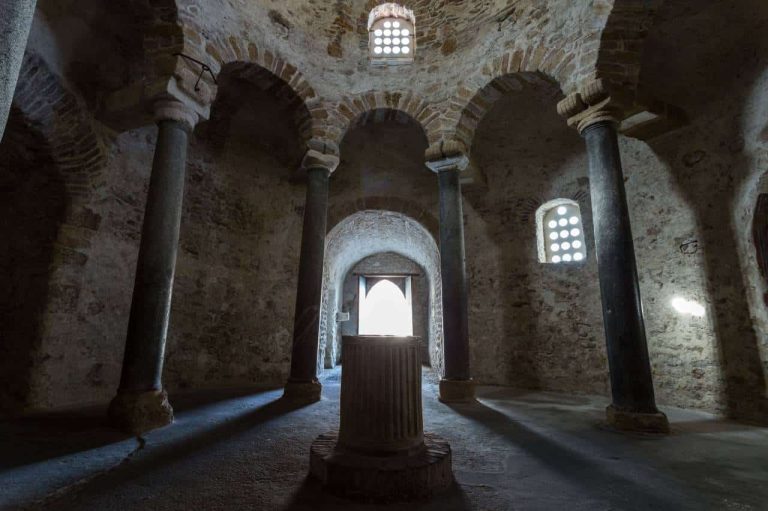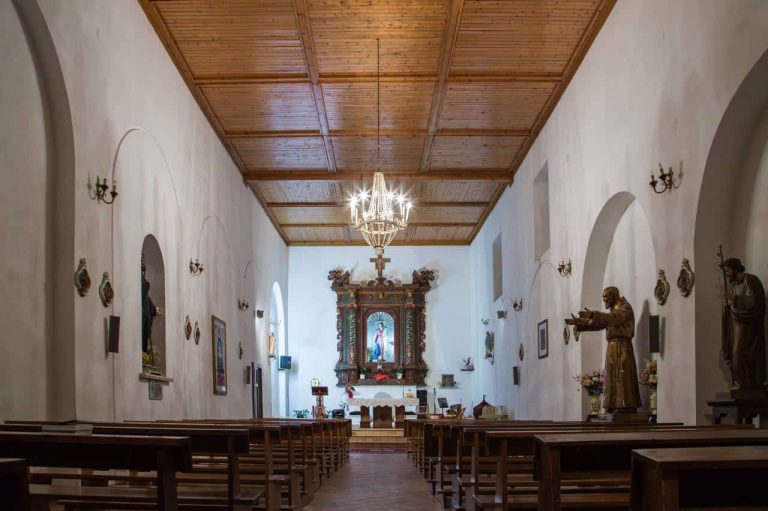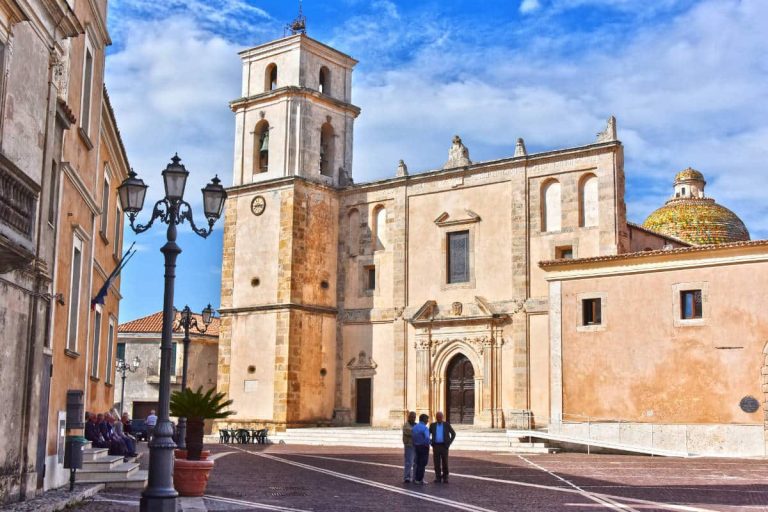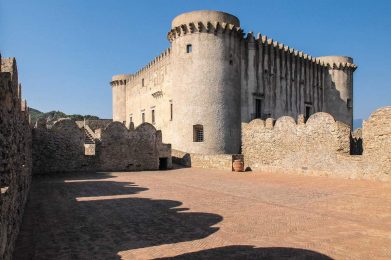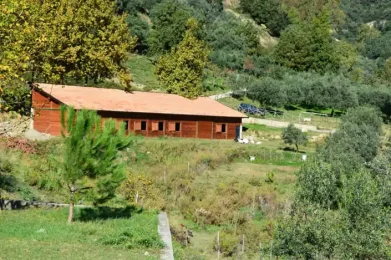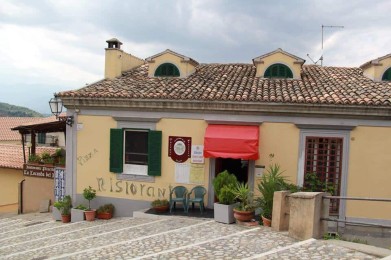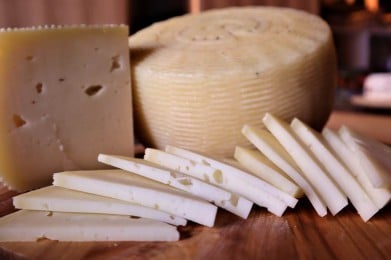Santa Severina is one of the most charming and best-preserved villages in Calabria, so much so that it is listed among The Most Beautiful Villages in Italy. Located in the province of Crotone, it stands on a tuff cliff in the center of the Neto Valley, halfway between the waters of the Ionian Sea and the mountains of Sila. Seen from afar, it appears as a large stone ship dominating the surrounding landscape, a thousand-year-old witness to a history rich in cultural stratifications.
Origins and history
The territory was inhabited as early as the Bronze and Iron Ages by indigenous peoples, possibly belonging to the Oenotrian stock. Formerly known as Siberene, it became a Greek-Italic center, then Roman and finally Byzantine, until 1076, when it was conquered by the Normans. Later it came under Swabian control: Frederick II himself mentioned the castle of Santa Severina in the Statutum de reparatione castrorum of 1228, a document that listed the manors of the Kingdom of Sicily.
Symbols, monuments and places of worship
The symbol of the village is the Castle, built by the Normans in the 11th century on an earlier Byzantine fortification. Its imposing architecture, with square keep, four cylindrical towers and projecting bastions, makes it one of the best-preserved examples of medieval military engineering in Calabria. Today it houses the Archaeological Museum and exhibition areas that allow visitors to relive the village's long history: necropolis, remains of frescoed Byzantine churches, and ancient underground tunnels.
Among the most valuable monuments is the 10th-century Byzantine Baptistery, the only one of its kind in Italy. Circular in plan with four arms in the shape of a Greek cross, it preserves frescoes dated between the 10th and 12th centuries and bare columns from older buildings. Next door stands the Cathedral of Santa Anastasìa, built in the 13th century and remodeled in later centuries: imposing with its three naves, it preserves the original portal and overlooks a scenic square dominated by the castle.
Historic districts
Walking through the village, one encounters neighborhoods of unique charm: the Grecìa, of Byzantine origin, with houses clinging to the panoramic spur, and the Iudìa, the old Jewish ghetto, evidence of the coexistence of different cultures over the centuries.
Events and traditions
The best time to discover Santa Severina is during the Medieval Festival, held annually between May and June: historical re-enactments, flag-wavers, jester shows and tastings take the village back in time. Sports enthusiasts, on the other hand, can reach it by pedaling along the Val di Neto Ciclopedonale, a 38-kilometer route that passes through six Crotone municipalities.
The local culinary tradition is another reason to visit Santa Severina. Taste sàuza, a soup of broad beans with mint and bacon, typical of the spring period, and aranciàru, an indigenous variety of orange with fine organoleptic properties. A glass of Val di Neto IGT, the symbolic wine of the area, is a must.
Santa Severina Today
Today Santa Severina is an open-air museum that holds Byzantine, Norman and Swabian legacies, set in a village that continues to live on through its traditions, culture and the warm hospitality of its inhabitants. To visit Santa Severina is to take a journey through time, among history, art and the authentic flavors of Calabria.

